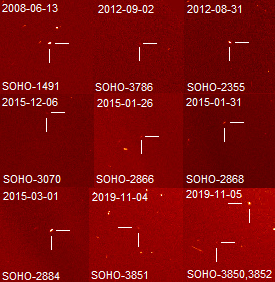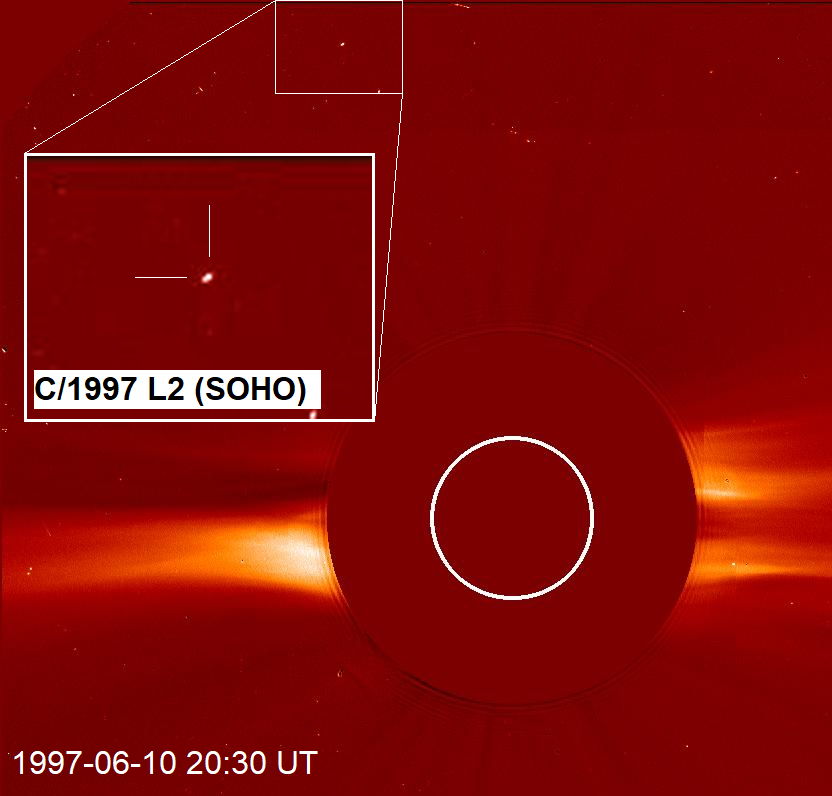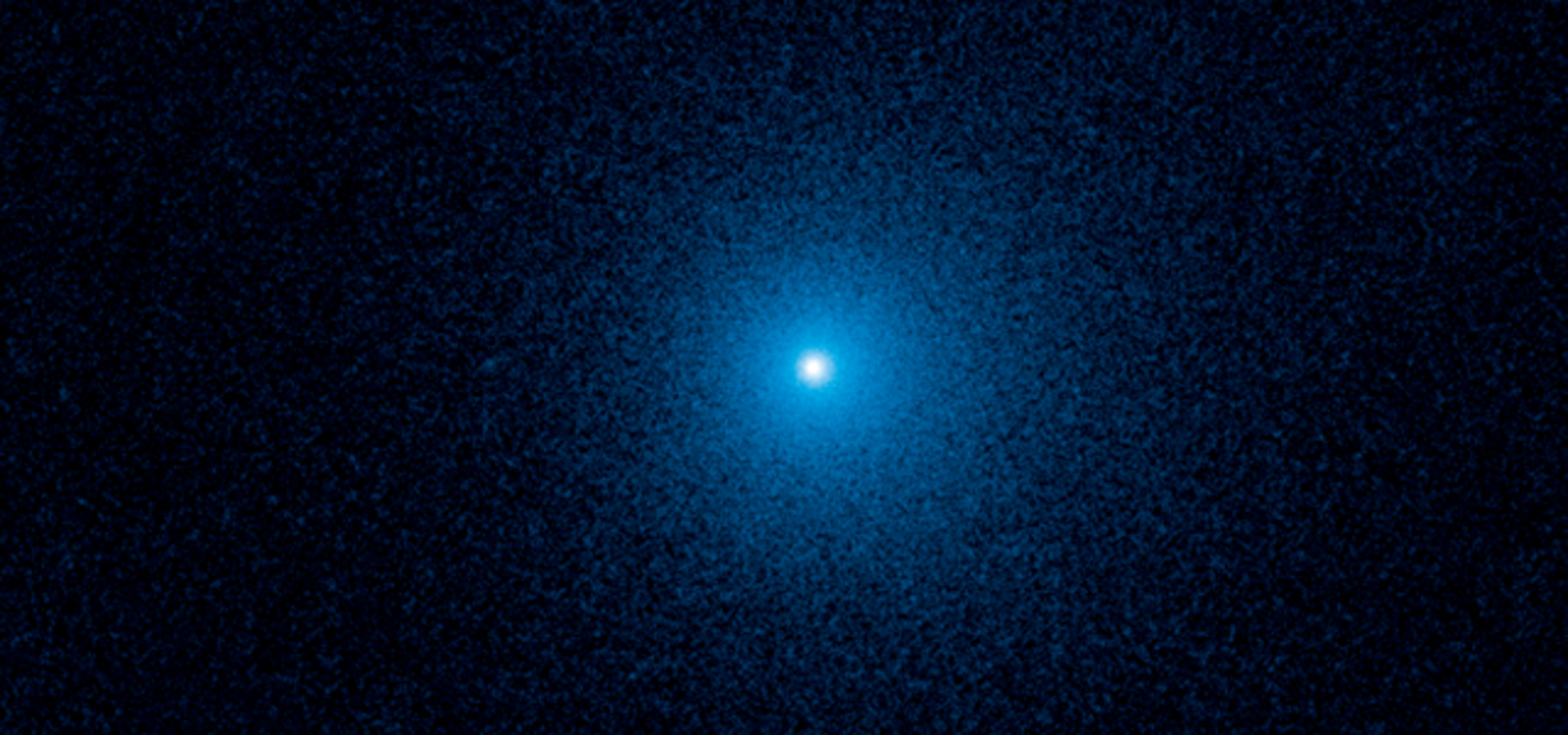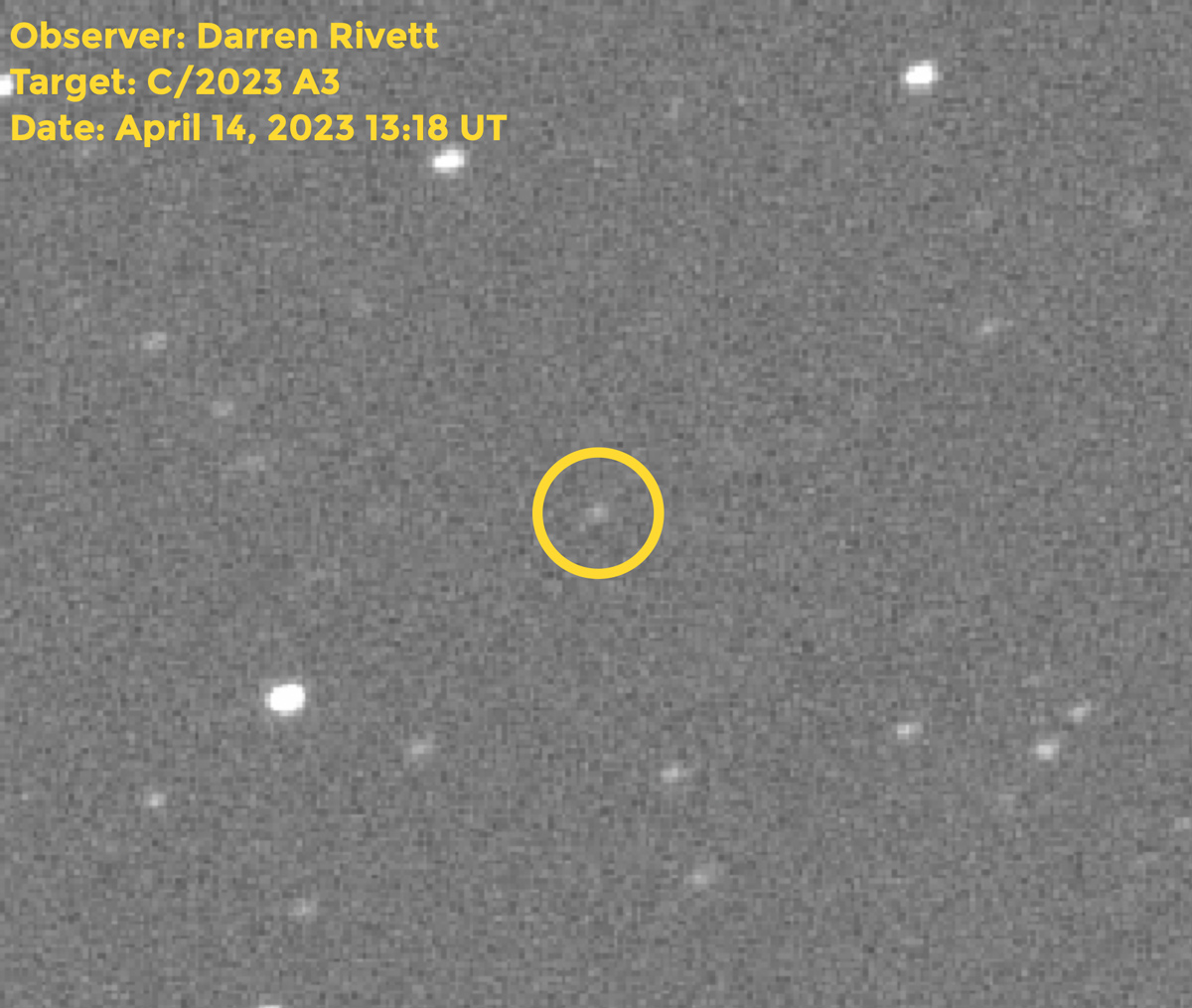FWIW, Martin Armstrong presumably using his Socrates software stated the following about the Deep State; - Source
Wonder if it's related to comet Bernardinelli-Bernstein mega comet closest approach around 2031?
An article at Astronomy.com about a comet swarm states the following;
I seriously doubt that any president can defeat the Deep State. It will take the army to rise up to defend the people. The CIA was created in 1947, and they succeeded in ensuring that Trump would lose. The entire COVID response has been supported by the Deep State, which was 72 years from 1947. Even in Canada, the military has used the pandemic to test physiological warfare on its own citizens. These people are drunk on their own power.
This will come to an end, crashing down in the face by 2033. The politicians are not in charge anymore.
Wonder if it's related to comet Bernardinelli-Bernstein mega comet closest approach around 2031?

An article at Astronomy.com about a comet swarm states the following;
....David Asher, an astronomer at the Armagh Observatory in Northern Ireland, says the latest work is “helping to build the picture of the original Taurid [forefather] presently having lots of debris in the inner planetary system.” Together with Kiyoshi Izumi from the Nippon Meteor Society in Japan, he has predicted two years in the next decade when we are likely to pass near the center of the complex: 2032 and 2036. (Mark your calendars.)










